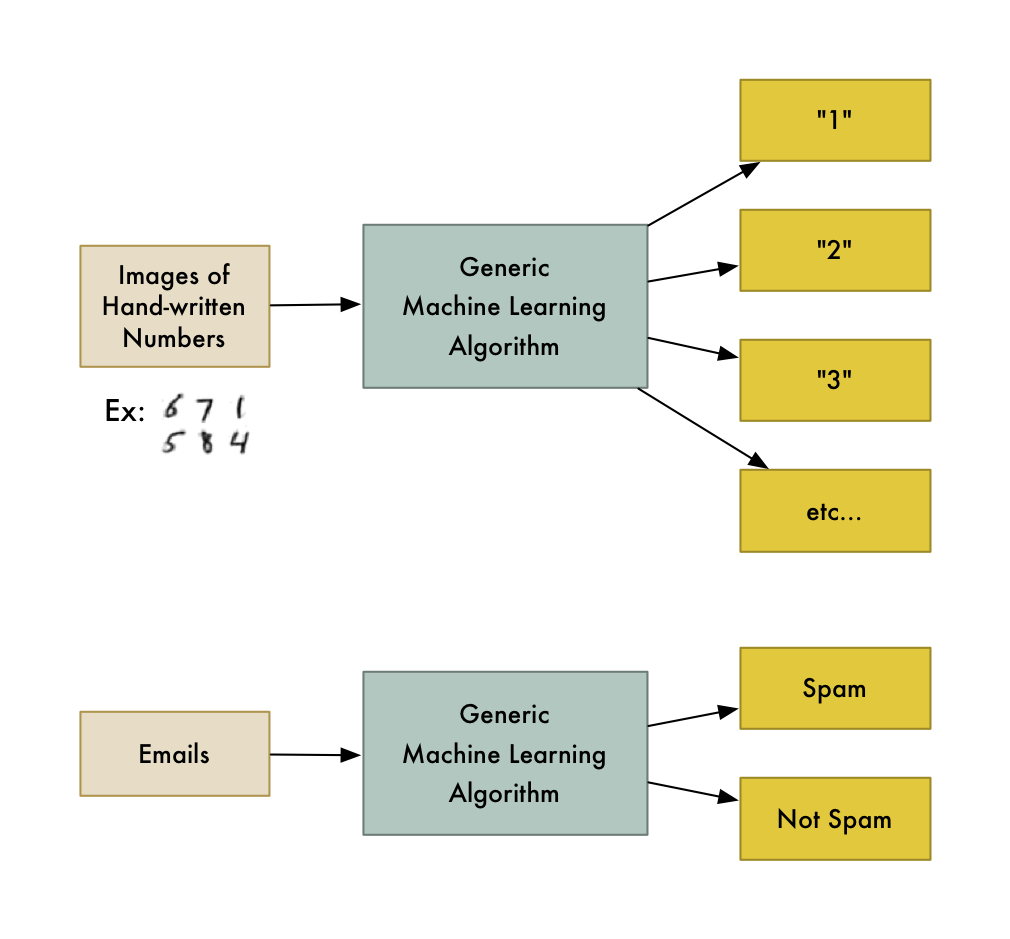

This is an inherent property of nano-scale microscopy, and also happens with electron microscopes. If you are using tiny atomic forces to investigate materials, in other words, you need to be prepared for an extremely noisy signal. The problem is that, at this scale, the materials that make up the microscope itself have a significant effect on the data it returns.

This is useful for quality assurance when making microchips and in looking at cells within the human body.

Put simply, AFM is a technique for imaging objects at the nanoscale. AFM microscopyĪtomic force microscopy (AFM) might seem like an arcane place to start with this list, but it’s one of the clearest examples of how nanotechnology and AI can work together. With these definitions in mind, let’s take a look at three ways in which both technologies are converging. More than 300 products are already nano-based, according to a database maintained by the Woodrow Wilson International Center, in Washington, D.C. And today, this is actually pretty common. Similarly, though the term “nanotechnology” still sounds like one from science fiction, for researchers working in the field, it has a precise and somewhat less sensational definition- ANT technology-that makes use of the nanometer scale. In fact, the most widespread use of AI has been in the form of chatbots rather than taking over the world, at the moment AIs are mainly focused on customer service. These are exciting, spectacular scenarios, but the reality of both technologies is much less spectacular and closely tied to the needs of the contemporary economy. This impression isn’t helped by high-profile scientists claiming that AIs could eventually destroy humanity or nanotechnology could take our bodies away from us. The novelty of both technologies today is such that many people still think of them as science fiction. What AI and nanotech are (and what they aren’t)įirst, a word about what AI and nanotech are and what they are not. And by doing that, we’ll immediately see that there is a natural overlap between the technologies, and one that can drive the development of both. Instead, we’ll look at real-world, actually-existing situations in which AI and nanotech are already being used. Here, we won’t dwell on speculative, far-future use cases. In this article, we want to get beyond the hype. While unusual use cases of either technology-such as the ability to fake your own voice with AI-grab the headlines, the truth is that both AI and nanotech are already with us and being used in mundane, everyday circumstances. But in many ways, they are also the least understood. Artificial intelligence (AI) and nanotechnology are among the most hyped emerging technologies today.


 0 kommentar(er)
0 kommentar(er)
